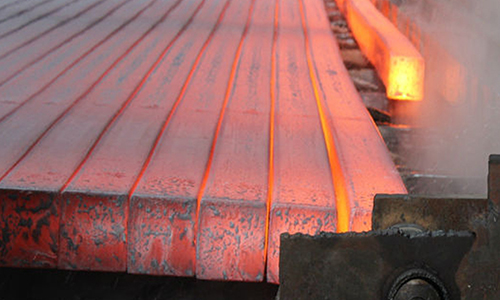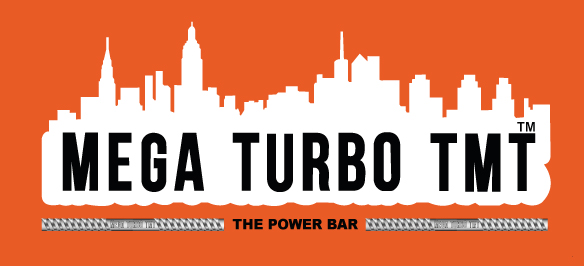

Close

There are a number of products that are made from the same material but have different features or purposes. When you see sponge iron and pig iron, then it might be difficult to understand their differences without getting any help from experts. So this blog is going to explain the difference between sponge iron and pig iron in a very simple way. Let’s find out.
Sponge Iron, also referred to as Direct Reduced Iron (DRI), is produced from the direct reduction of iron ore (in the form of lumps, pellets, or fines) into iron by a reducing gas or elemental carbon produced from natural gas or coal. Many ores are suitable for direct reduction.
Direct reduction refers to solid-state processes which reduce iron oxides to metallic iron at temperatures below the melting point of iron. Reduced iron derives its name from these processes, one example being heating iron ore in a furnace at a high temperature of 800 to 1200° C (1470 to 2190° F) in the presence of the reducing synthetic gas, a mixture of hydrogen and carbon monoxide.
Pig iron, also known as crude iron, is an intermediate product of the iron industry within the production of steel which is obtained by smelting iron ore in a blast furnace. Pig iron has very high carbon content, typically 3.8–4.7%, together with silica and other constituents of dross, which makes it very brittle and not useful directly as a material except for limited applications.
The traditional shape of the molds used for pig iron ingots is a branching structure formed in sand, with many individual ingots at right angles to a central channel or “runner”, resembling a litter of piglets being nursed by a sow. When the metal had cooled and hardened, the smaller ingots (the “pigs”) were simply broken from the runner (the “sow”), hence the name “pig iron”. As pig iron is intended for re-melting, the uneven size of the ingots and therefore the inclusion of small amounts of sand cause only insignificant problems considering the ease of casting and handling them.
Traditional Manufacturing Process
Modern Manufacturing Process
Applications of Sponge Iron:
Applications of Pig Iron:
Although being similar sorts of iron, both sponge iron and pig iron have different properties. They are different from each other in terms of their use and the way they are produced.
As a leading manufacturer of TMT bars, Mega Turbo offers the best TMT bars. We cover the entire North-Eastern states from Assam, Meghalaya, Arunachal Pradesh, Mizoram, Tripura, Manipur and Nagaland and we have our dominant presence in the major cities of the region i.e., Guwahati, Jorhat, Golaghat, Sivasagar, Tinsukia, Dibrugarh, Itanagar, Shillong, Aizawl, Imphal, Agartala, Dimapur, Kohima.